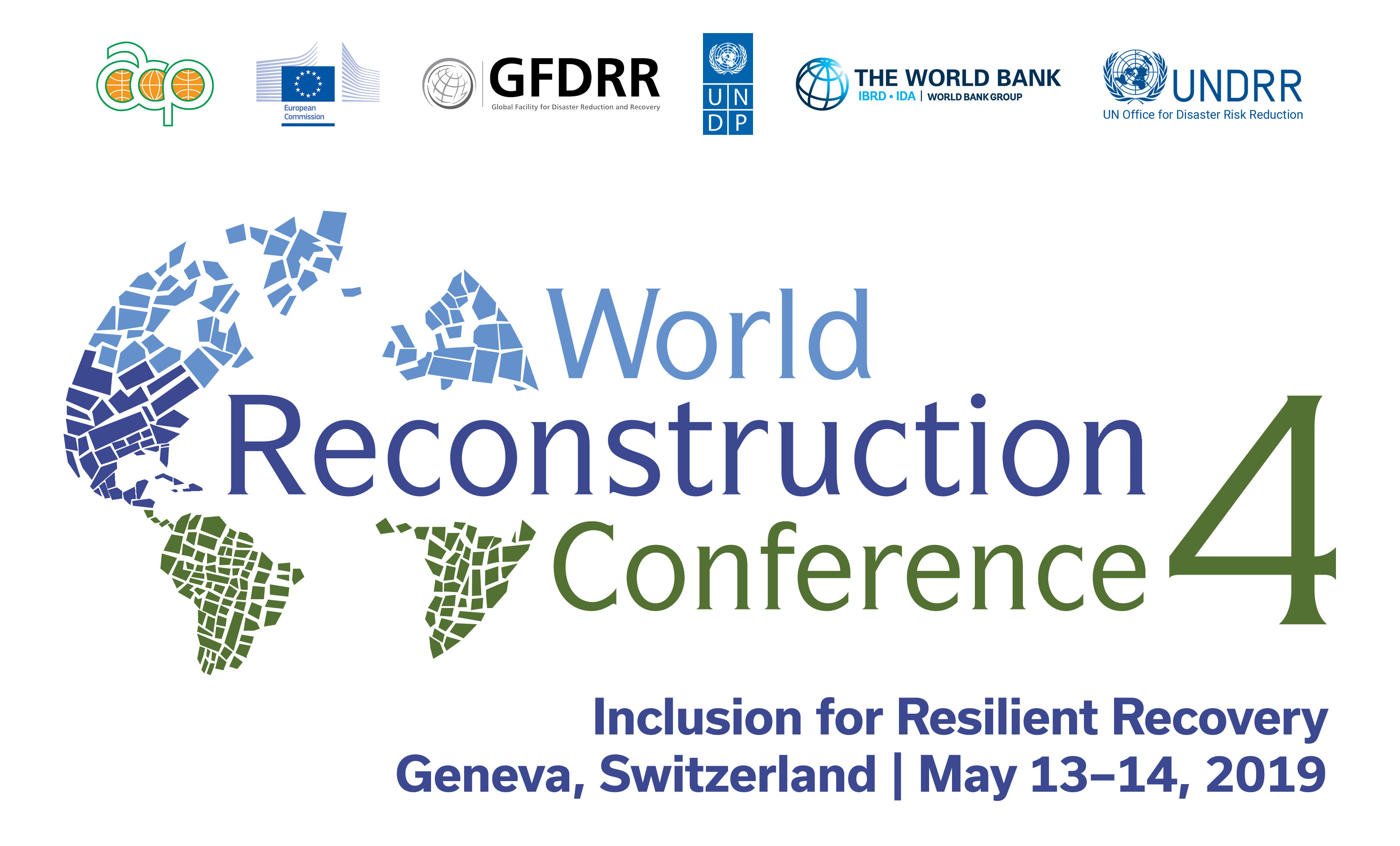Session Summary
City reconstruction is a field of increasing importance across the globe. Each year, more than 200 million people are affected by storms, floods, cyclones, and earthquakes. The world is urbanizing at a speed and scale that is unprecedented in human history. Today, nearly 55 percent of the world’s population lives in cities. Compounding this, we are witnessing a rapid increase in the impacts of disasters on urban areas. At the same time, armed conflicts are increasingly causing widespread destruction in cities. City reconstruction, necessitated by both conflicts and disasters, is challenged to reconcile communities, ensure social inclusion, promote economic development, and manage complex social, spatial, and economic transformations. Cities are not just a collection of buildings - they are about people and their interaction with each other and their cultural identity. Therefore, culture can be key to success in ‘building cities back better’.
This thematic session examined the ways to foster social inclusion in city reconstruction and recovery using culture and heritage as tools. Discussing the international experience in this niche area led to the analysis of options for development practitioners, national and local authorities, planners, and international organizations to integrate culture both as an asset and as a tool, in all phases of recovery projects, and showcased good practices with universal elements that can serve as examples elsewhere and can be adapted to suit local specificities.
A joint position paper by the United Nations Educational, Scientific and Cultural Organization (UNESCO) and the World Bank introduced a new framework christened CURE (Culture in City Reconstruction and Recovery). Culture is increasingly under threat especially in conflict-affected places to the extent that it can be termed ‘cultural cleansing’. The CURE framework is a roadmap for integrating culture in post-crisis reconstruction and recovery. It accentuates the critical importance of culture in achieving sustainable urban development. Various case studies have illustrated how culture is critical to boosting local tourism development (Seoul, South Korea), engaging communities and fostering social cohesion and reconciliation (Timbuktu, Mali) and adopting innovative land readjustment mechanisms for resilient city building (Tokyo, Japan). Further, reconstructing landmarks has started a reconciliation process in Mostar, Federation of Bosnia and Herzegovina. It is important to balance people’s immediate needs and the recovery of a city’s historic character as is the case in Mosul, Iraq.
An earthquake in 2016 damaged about 200,000 buildings in the City of Kumamoto, Japan - among these the world-famous Kumamoto Castle that dates back to 1607. Reconstruction of the castle became one of the top priorities in the city’s recovery plans, because of its symbolic value for the citizens. Supported by an elaborate communications strategy, Kumamoto Castle became a symbol of building back better in the city and will serve as a reminder of earthquake risks for future generations. Another illustrative example is that of the reconstruction process after the liberation of the city of Marawi from ISIS-linked Maute terrorist groups by the national security forces in the Philippines. The importance of Marawi as the premier Islamic city in the country was upheld by the Government as it utilized the reconstruction process to foster trust between the Muslim minority and the predominantly Christian majority population of the country by integrating cultural sensitivity as a cross-cutting issue.
The CURE framework builds on existing DRM and recovery frameworks, but introduces culture as an important driver and enabler for post-crisis reconstruction and development. It is vital to combine people-centered and place-based reconstruction approaches and ensure that culture underpins the entire process.

